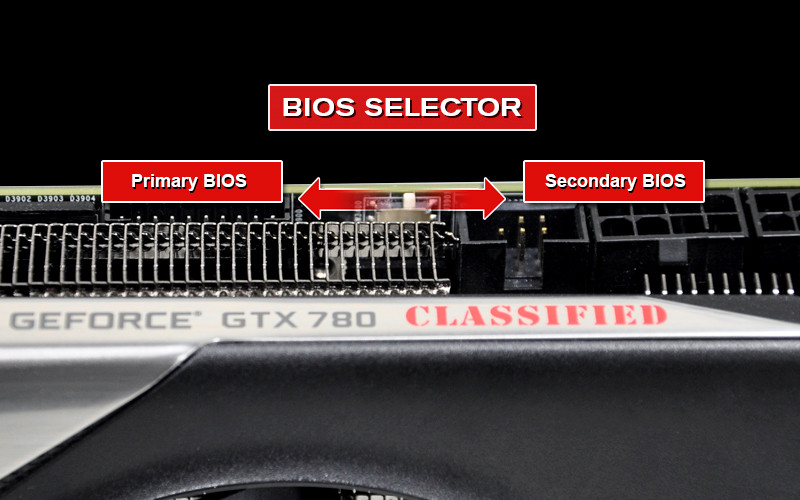EVGA Introduces Dual-BIOS Graphics Cards
EVGA has announced the arrival of Dual-BIOS graphics cards, and given us a list of SKUs with the feature.
EVGA is joining a number of other manufacturers and is also releasing a number of its graphics cards in versions with double-BIOS. Not only this, but three of its cards actually have three BIOSes rather than one (or two).
While users with fairly basic needs might not see the advantages, overclockers should definitely be interested in the feature. It allows you to have one BIOS set to stock settings as a failsafe, and use the secondary BIOS as an overclocking BIOS. It also allows you to experiment with installing custom BIOSes but without risking the card getting bricked due to a BIOS or flashing failure.
For the entire list of double-BIOS SKUs from EVGA, head to this list.
Get Tom's Hardware's best news and in-depth reviews, straight to your inbox.
Niels Broekhuijsen is a Contributing Writer for Tom's Hardware US. He reviews cases, water cooling and pc builds.
-
nevilence didnt know this feature existed, not an over clocker either, but i can see the purpose, very coolReply -
joaompp Why can't they put these switches somewhere convenient like near the display ports, having to open the case just to change it is inconvenientReply
I understand its not something that will be used often, however it honestly just makes more sense to have it somewhere easily accessible
Any one else have any thoughts on this? -
jimmysmitty Reply11406848 said:Why can't they put these switches somewhere convenient like near the display ports, having to open the case just to change it is inconvenient
I understand its not something that will be used often, however it honestly just makes more sense to have it somewhere easily accessible
Any one else have any thoughts on this?
Most things are placed depending on the PCB layout more than anything. While it would be nice to have it near the connectors, it is also probably more complicated and might require more traces and/or layers making the PCB more complex and expensive.
Add in to that that the higher the complexity of the PCU, the higher the risk of issues. So where it is placed is probably the easiest for EVGA to do without increasing costs or issues. -
niceidea23 This is a good idea, but what they should really do is use the dual BIOS, firmware, and driver concept to enable a single card to perform as a Quadro, or a GTX.... There's reason (other than $$$ of course) that my awesome gaming card can't man-handle my CAD and professional applications..Reply -
virtualban 3 bioses should be the norm. One to be read only, the other 2 changeable for the different settings and flashings. Those changeable bioses, accessible from the software while being in the other bios modes, so to change or reset it without having to make it work. And the read-only version just in case somebody screws up both rewritable bioses.Reply
That's what I would put out, for the enthusiasts.

